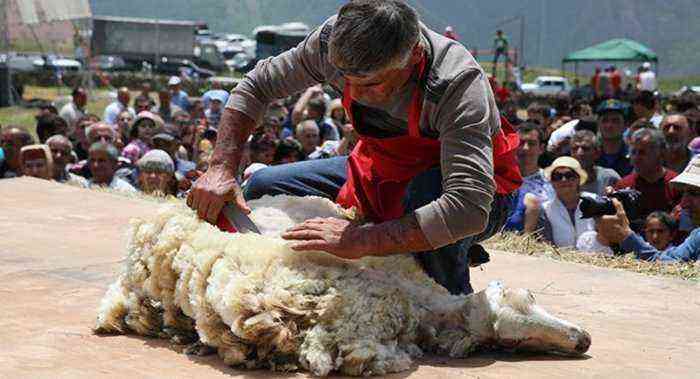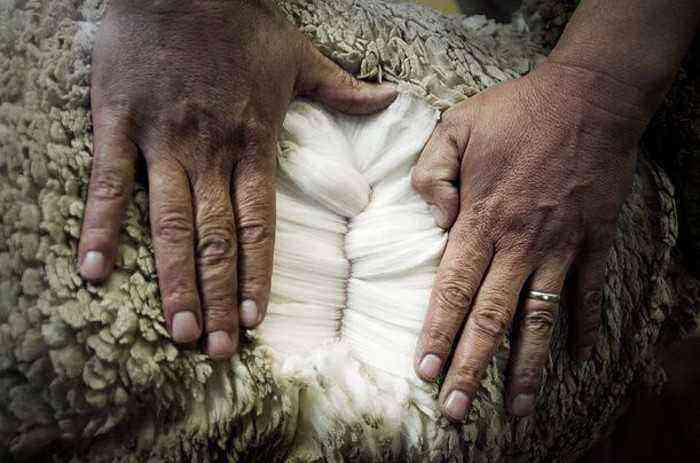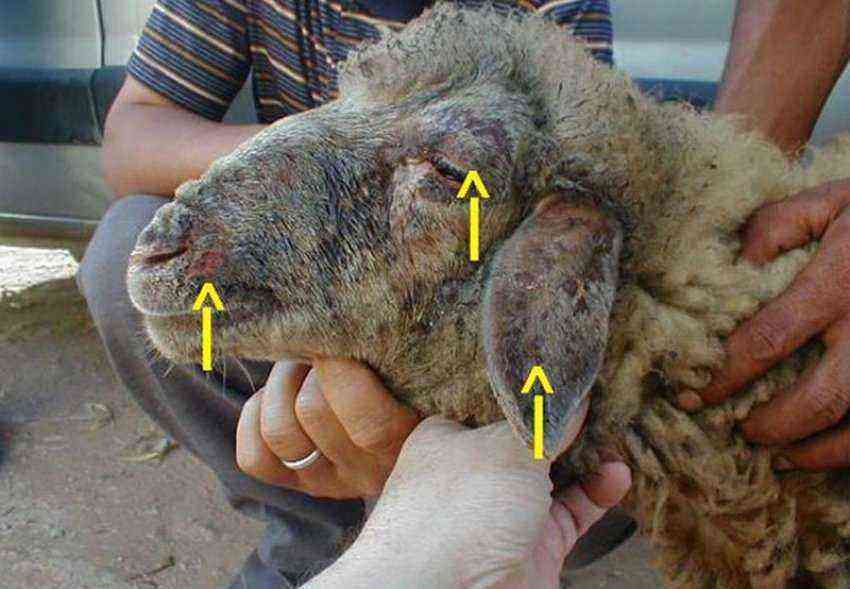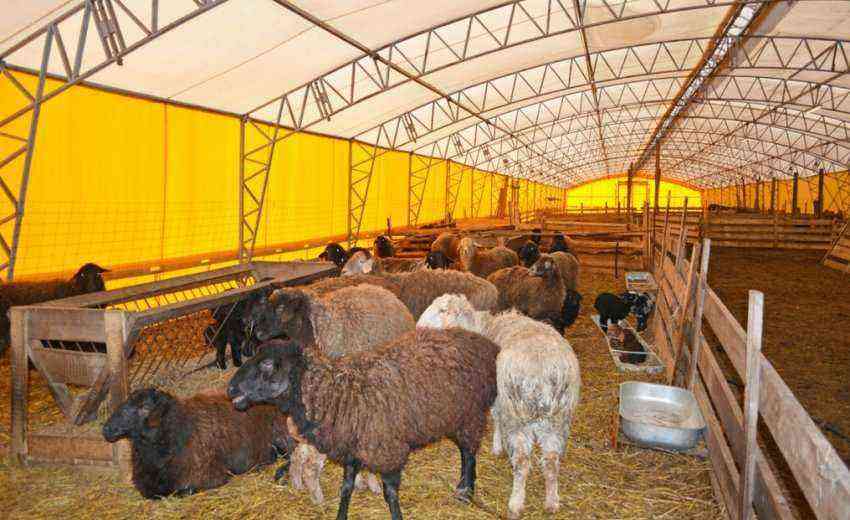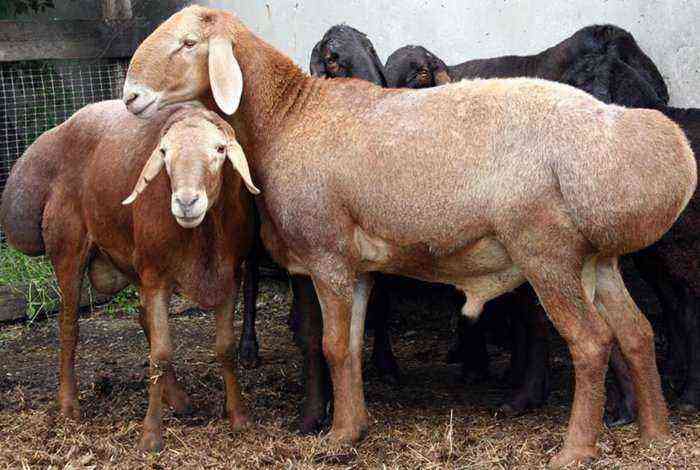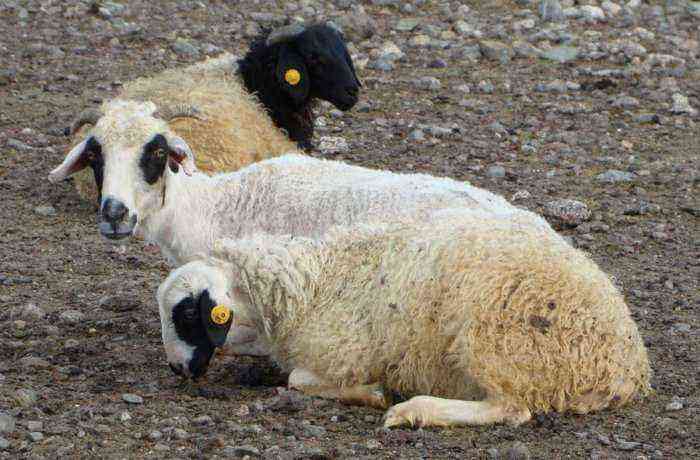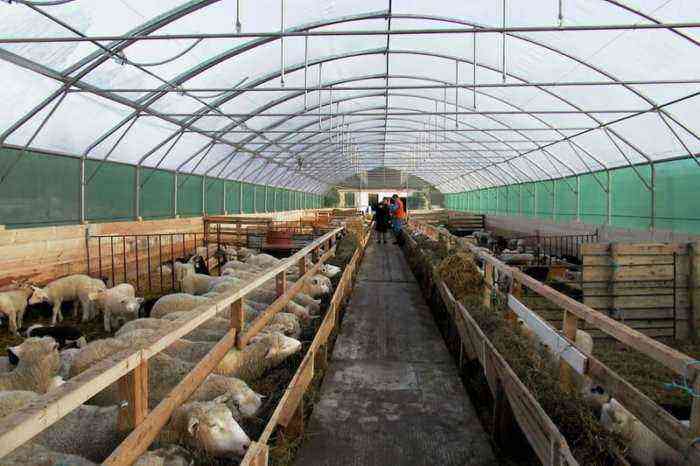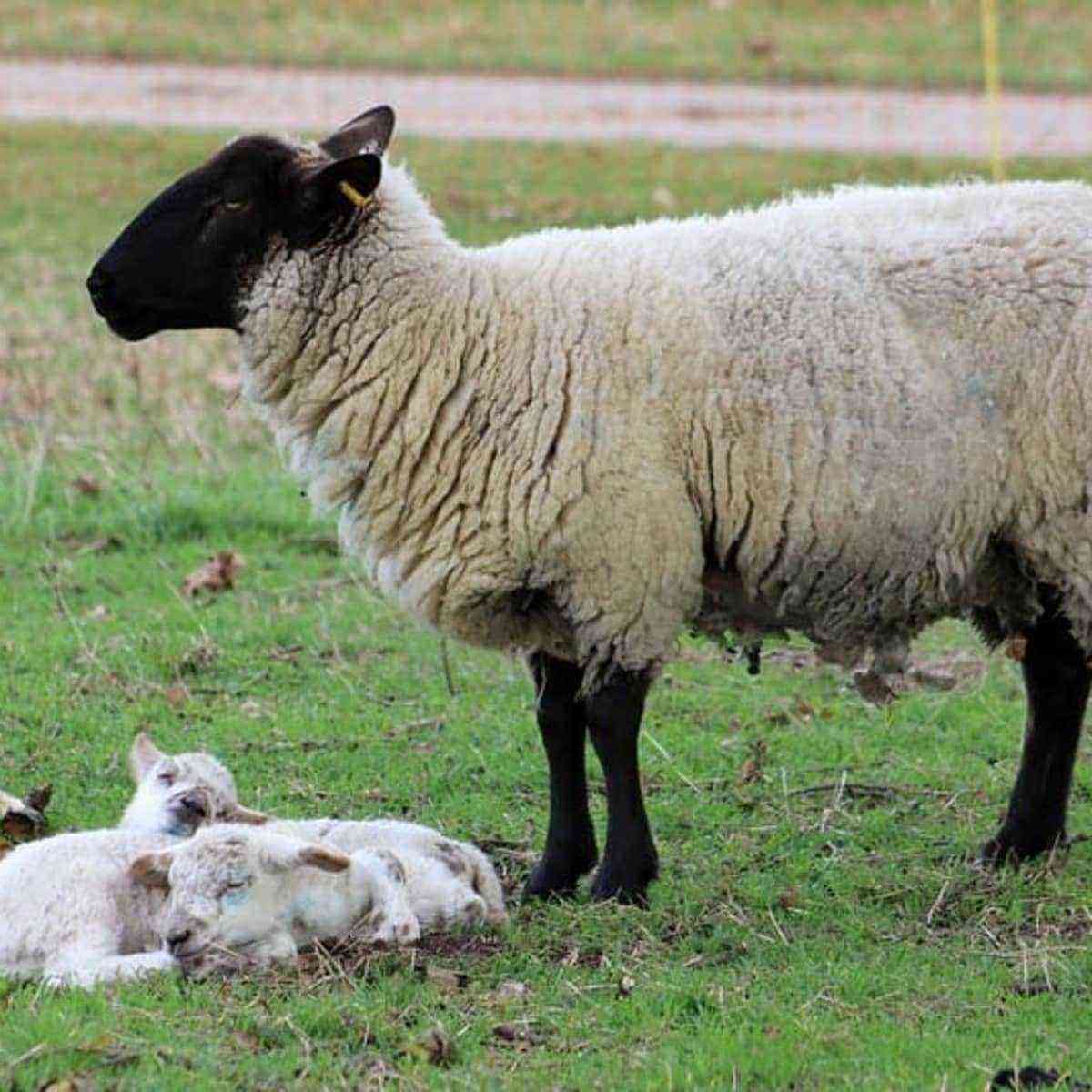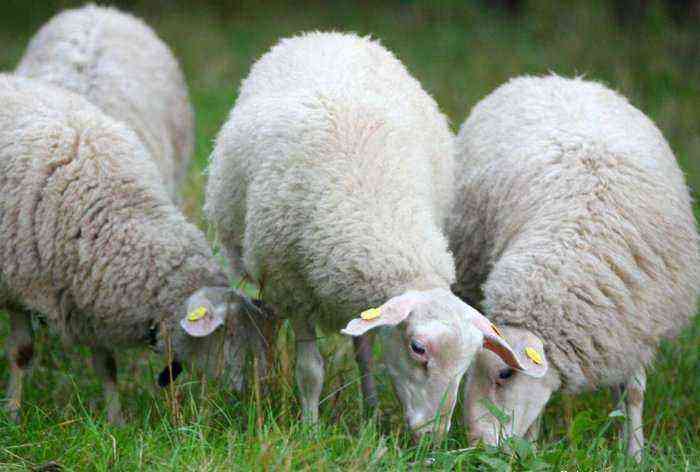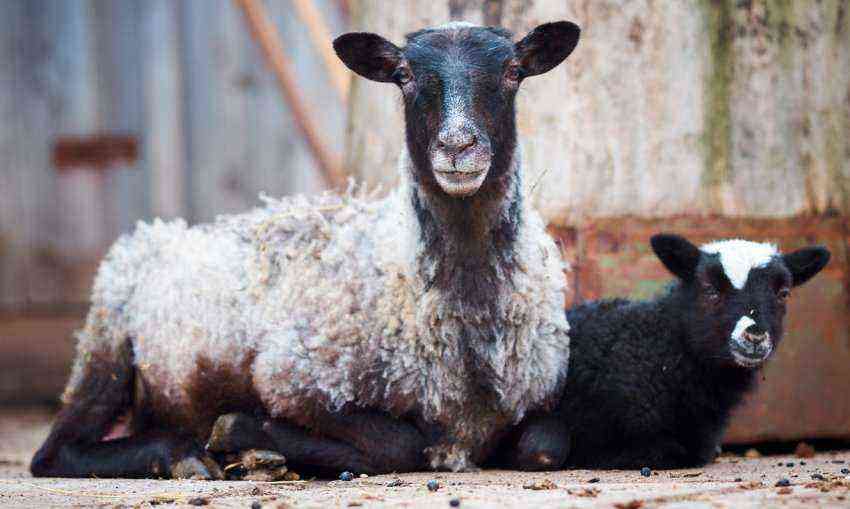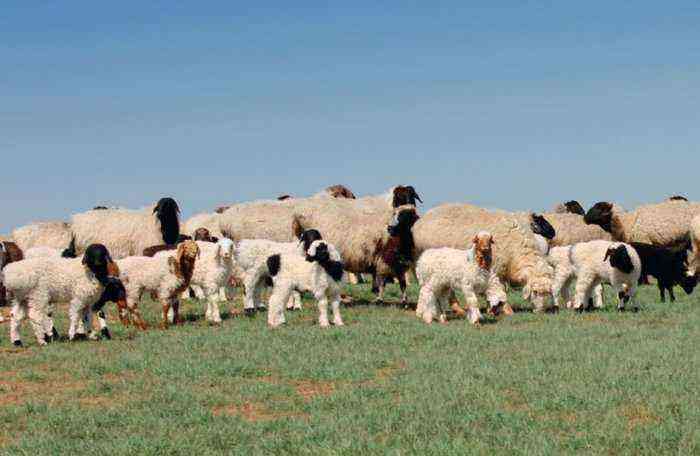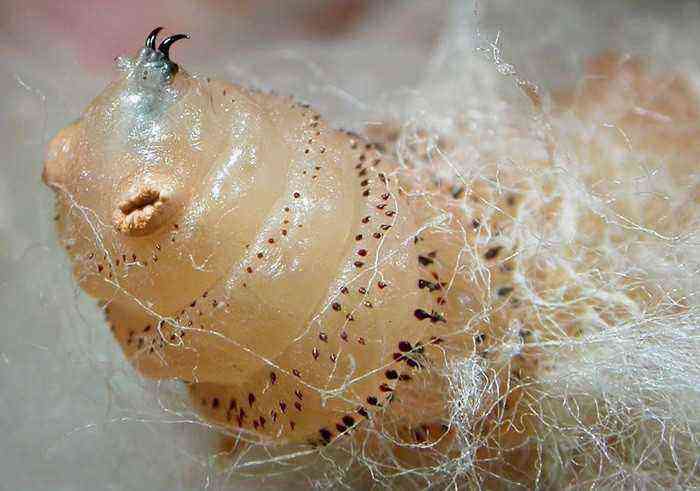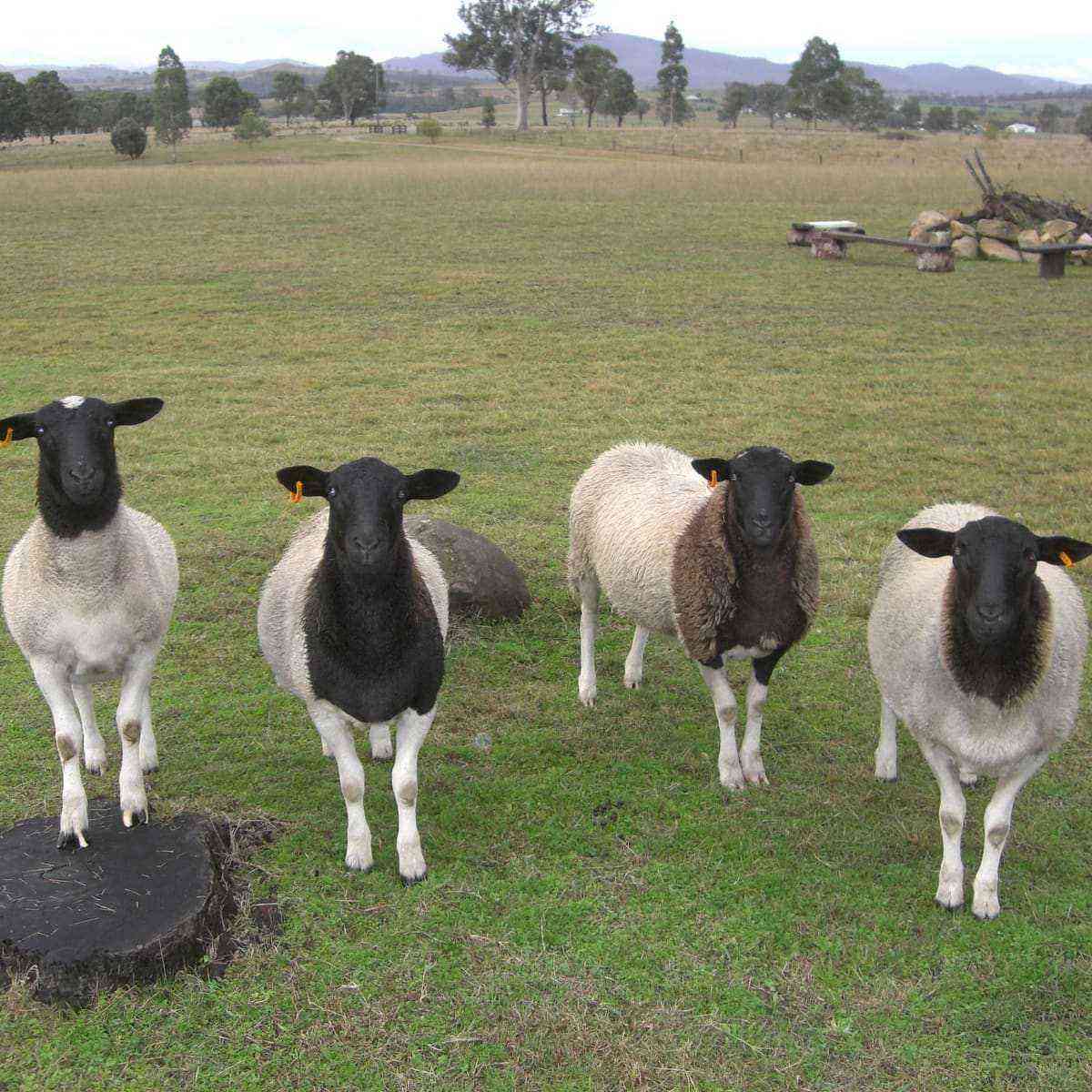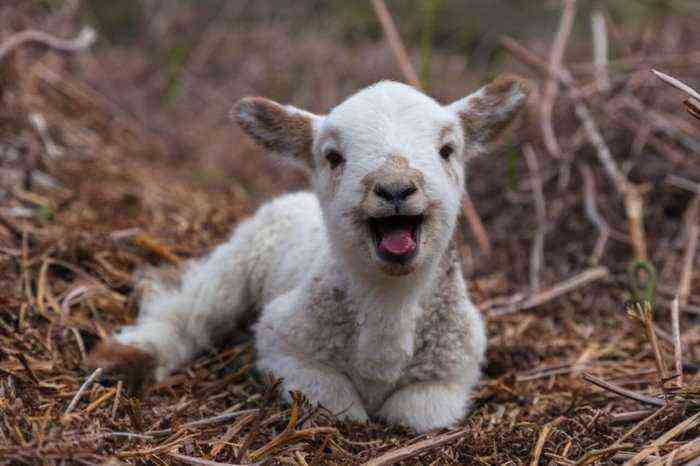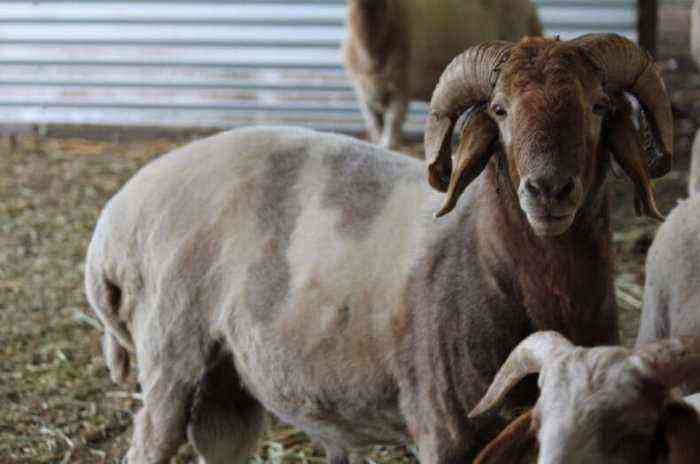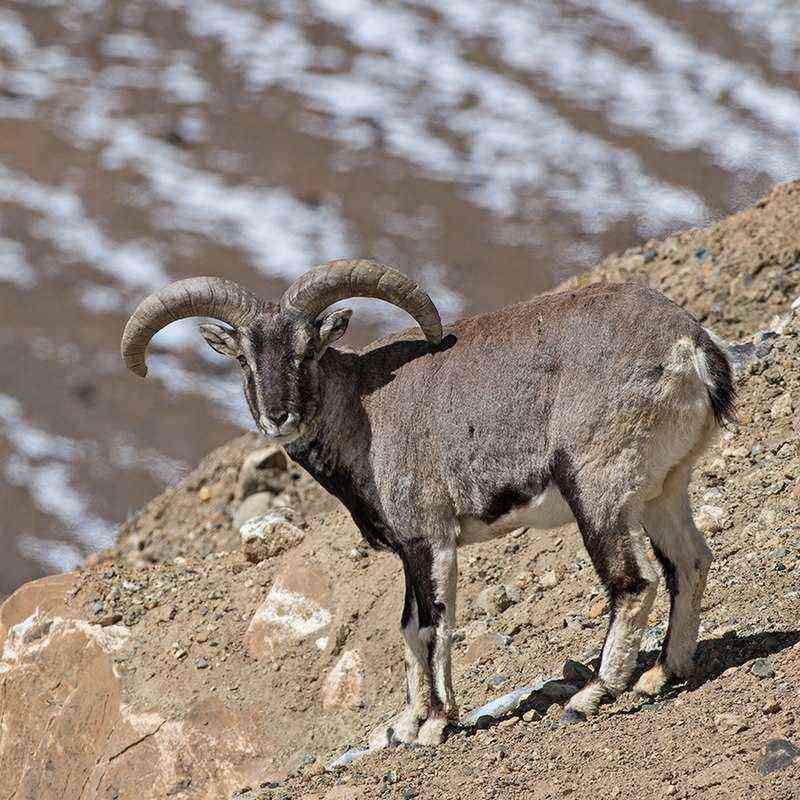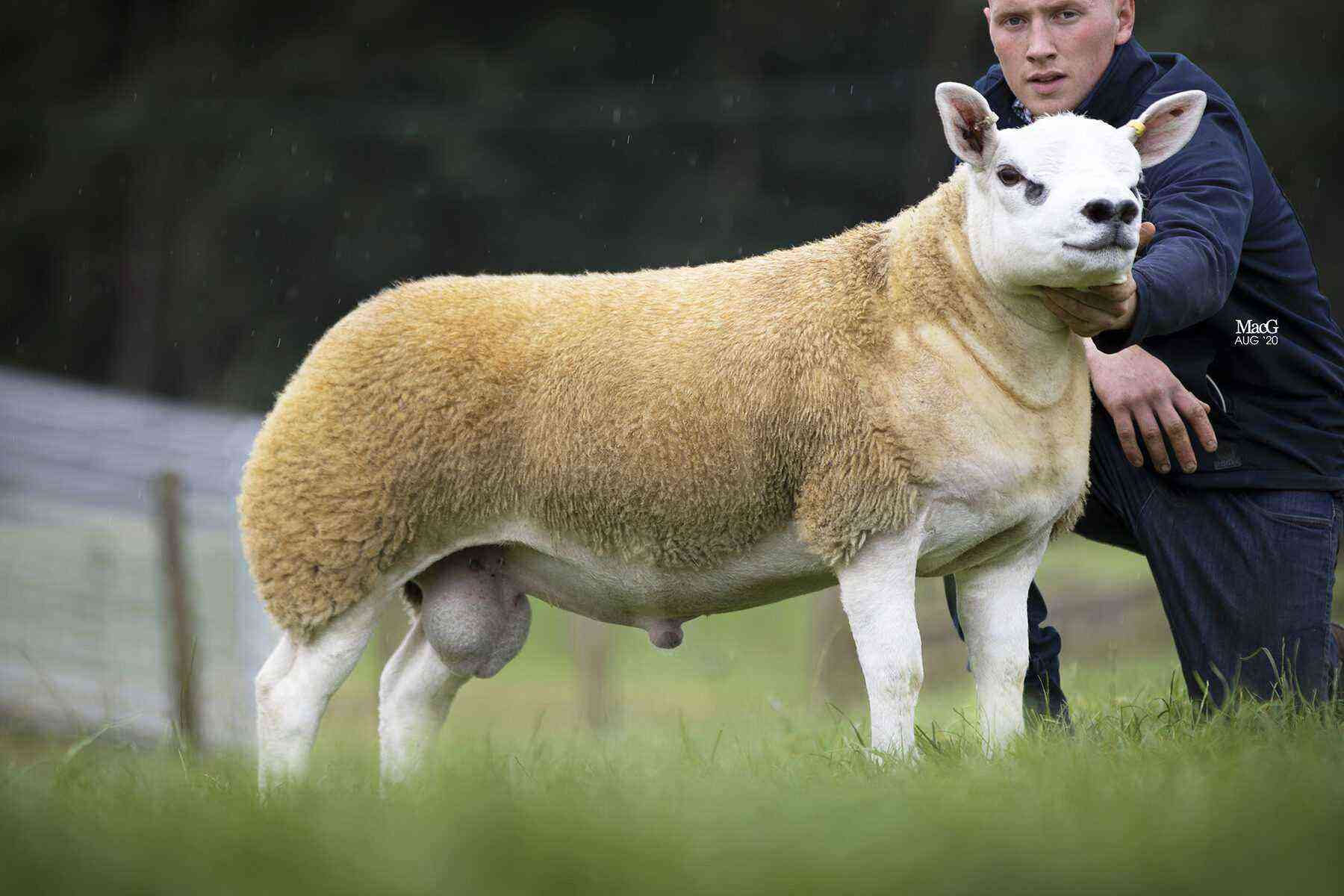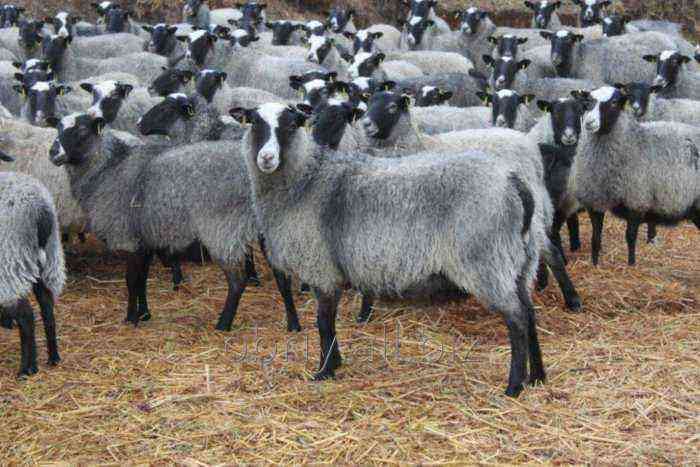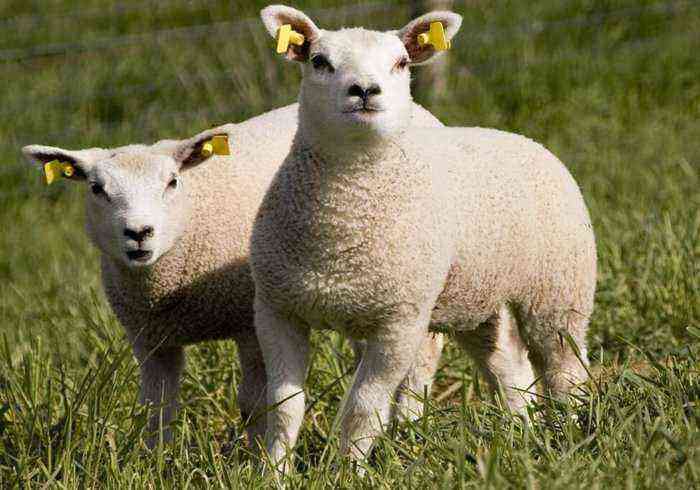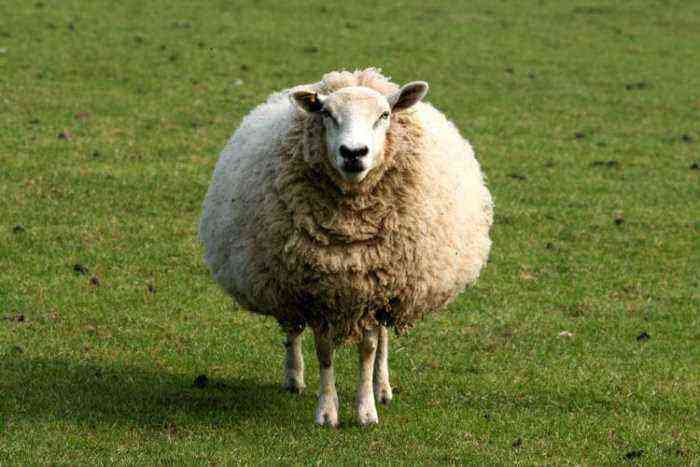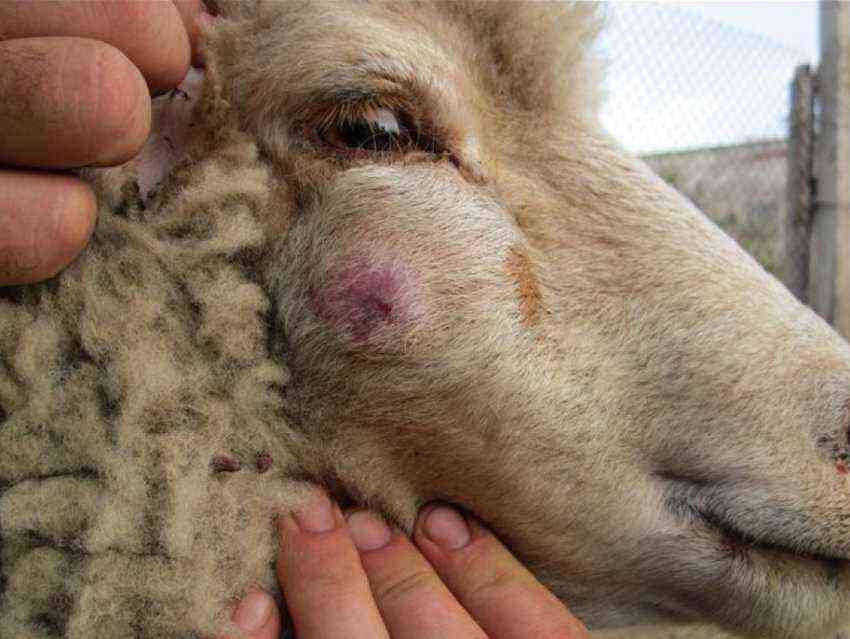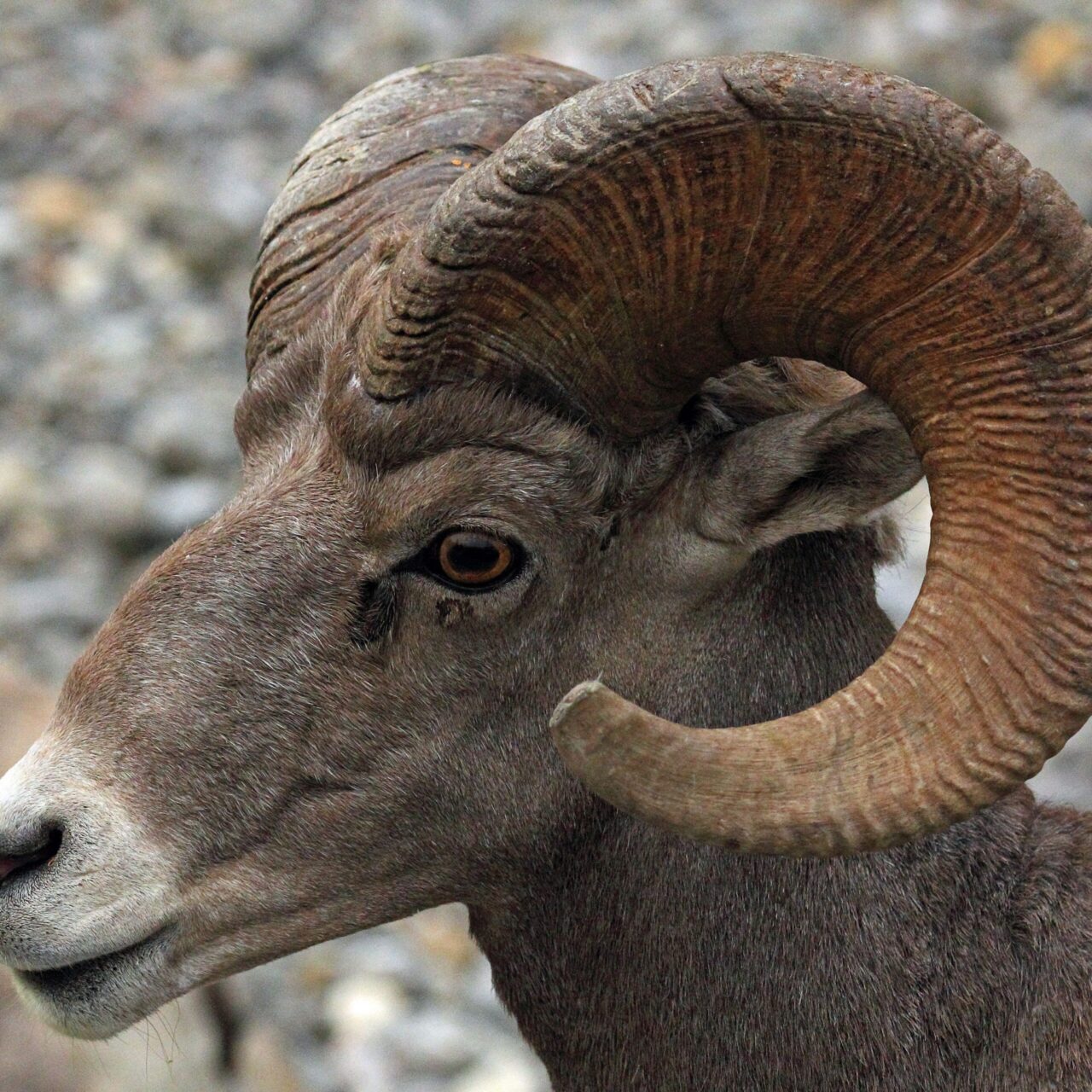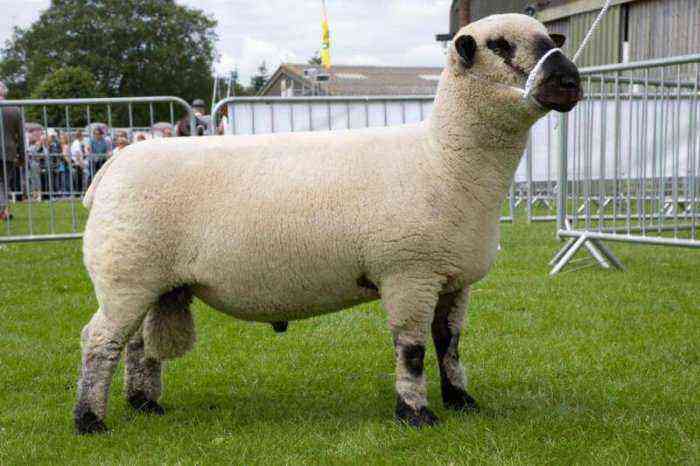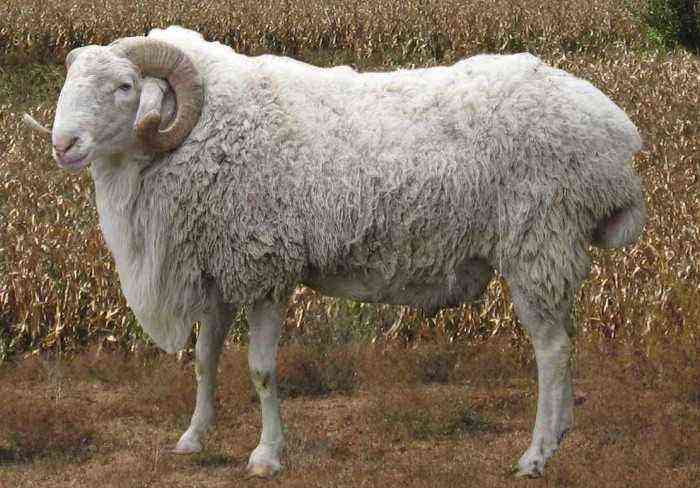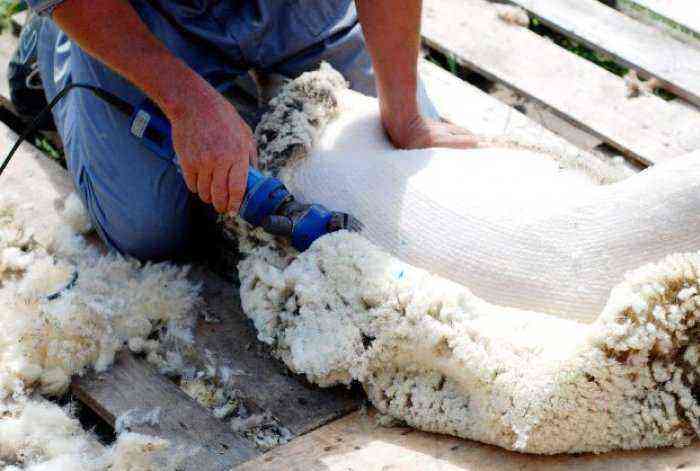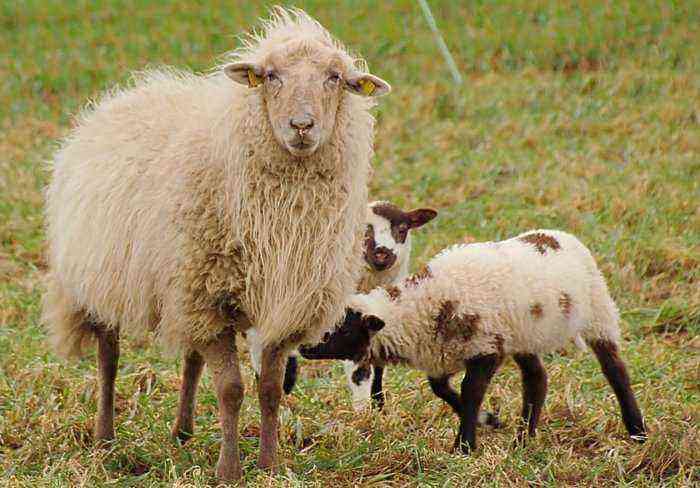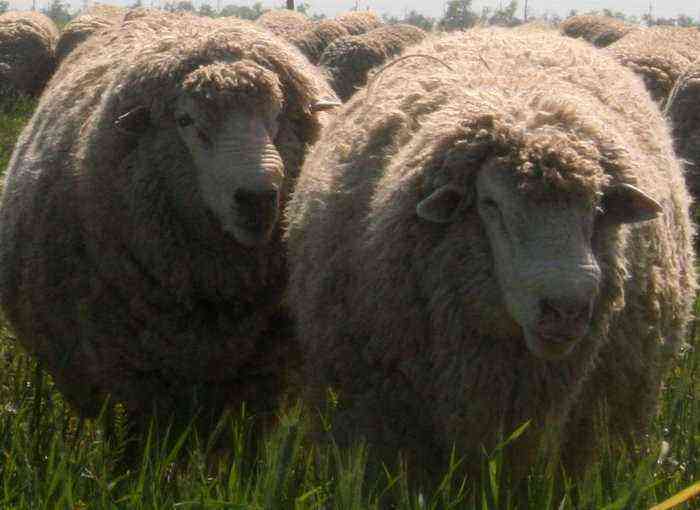The mountain sheep is a representative of the order of artiodactyls and the family of bovids, originally from Central and South Asia. Some of the species of this animal are listed in the Red Book. This article provides a more detailed classification of sheep subgenera, as well as their description.
Characteristic, external description
These mammals grow up to 1,4–1,8 m in length, in addition, the tail is about 7–15 cm. Height at the withers – from 65 to 125 cm, live weight – from 20 to 200 kg. Sexual dimorphism of mountain sheep is well expressed: males are larger, with long twisted horns.
The body of the animal is covered with hair, it can be of any shade – from white to dark brown. In males, a peculiar mane grows on the neck. Horns, as a rule, grow in both sexes, only in females they are soft and shortened, while in males they reach 1 m in length.
Habitat
Wild sheep live mainly in Asia, namely in the central region, in the west and northeast. They can also be found in North America. Basically, the animal prefers mountainous areas and rocks. Classify wild mountain sheep on the basis of their morphological features, the shape of the horns, as well as the number of chromosomes. Read more about the types of these animals – later in the article.
Mouflon
The mouflon is the closest relative of the domestic sheep, which belongs to the order of artiodactyls. There are two species of this subgenus, a detailed description of which is given below.
Did you know? Representatives of the genus of sheep have a different number of chromosomes in DNA: from 52 (snow sheep) to 58 (urial).
Varieties
European
The only representative of the genus living in Europe. Covered with short, well-fitting hair that lengthens on the chest. The lower part of the body is white, the upper part changes color: in summer the top is reddish-brown, in winter it is chestnut. This mouflon grows up to 1,25 m in length, with a tail of 10 cm. The height at the withers is 70 cm.
The horns are powerful, triangular in section, covered with peculiar folds, the number of which is 30–40 pieces. The length of the horns reaches 65 cm. Females are characterized by lighter hair, and are also devoid of horns.
Asiatic
The height at the withers of this subspecies of the mouflon is 84–92 cm, the length of the body is up to 150 cm. The male weighs 53–79 kg, the female 35–45 kg. The former have powerful horns that twist in no more than one revolution. The girth at the base is about 25 cm. The females also have horns, they are small and flat.
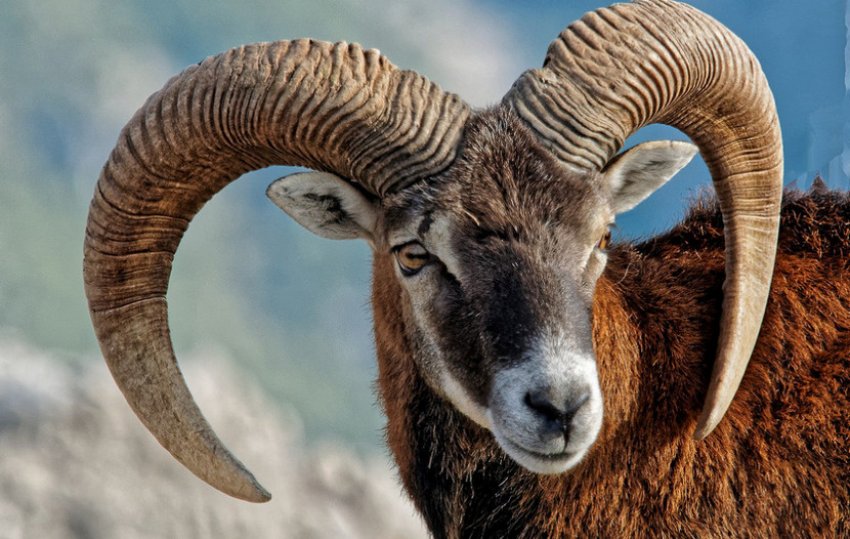
Urial
This species lives on mountain slopes reaching 6 thousand meters above sea level. Animals are found mainly in Central Asia. All representatives of the genus are covered with brown wool, which brightens slightly in summer. There is a white spot under the base of the tail. In males, the chest is usually black.
Important! Hunting for urials is prohibited by the International Union for Conservation of Nature, because this species is considered a vulnerable species.
Urial is densely built, has a sinewy body and long limbs, weighs from 36 to 87 kg. The length of the body reaches 110–145 cm, and the height at the withers is 88–100 cm. The horns of these animals are different, depending on the subgenus.
Ladakh
The horns are convex on the sides, transverse folds are weakly expressed. In length, they reach 90 cm, in girth – about 26 cm.
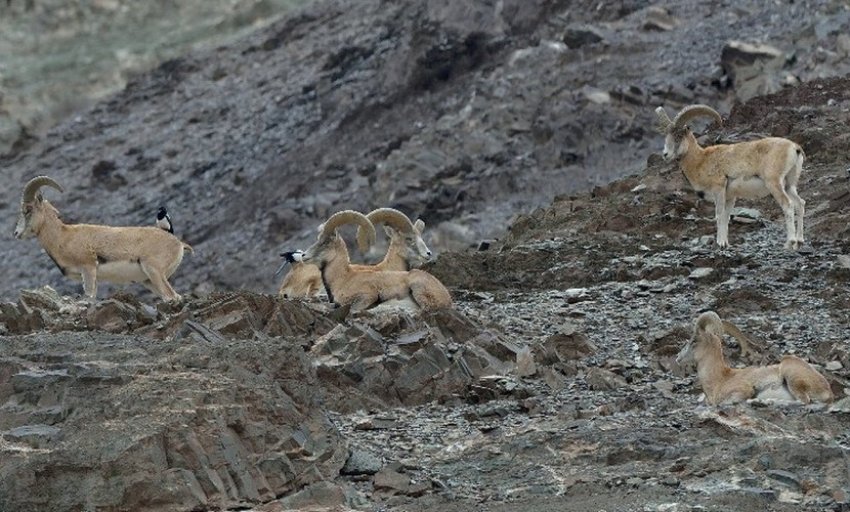
Punjabi
The representative of this subgenus has a more reddish coat. Their horns twist back and down, on average grow up to 70 cm in length, the girth at the base is up to 23 cm.
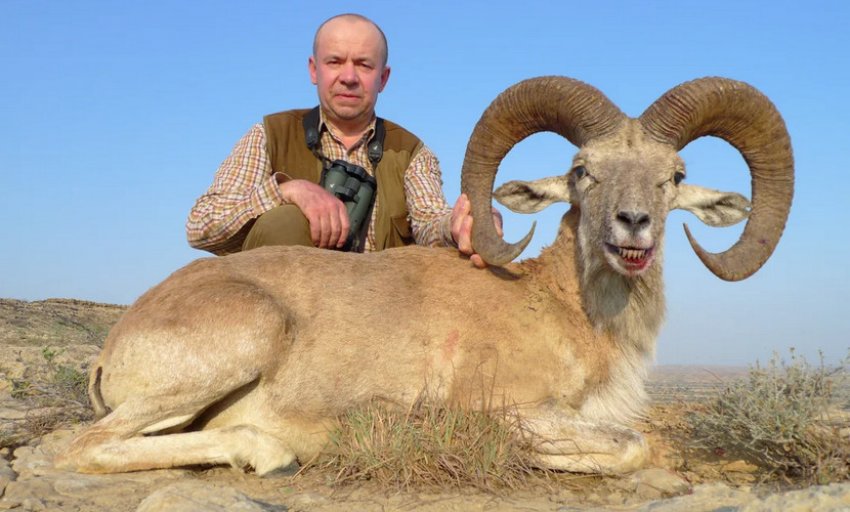
Bukhara
The rams’ horns are bent almost in the same plane, grow up to 70 cm in length, and have a circumference of 24 cm.
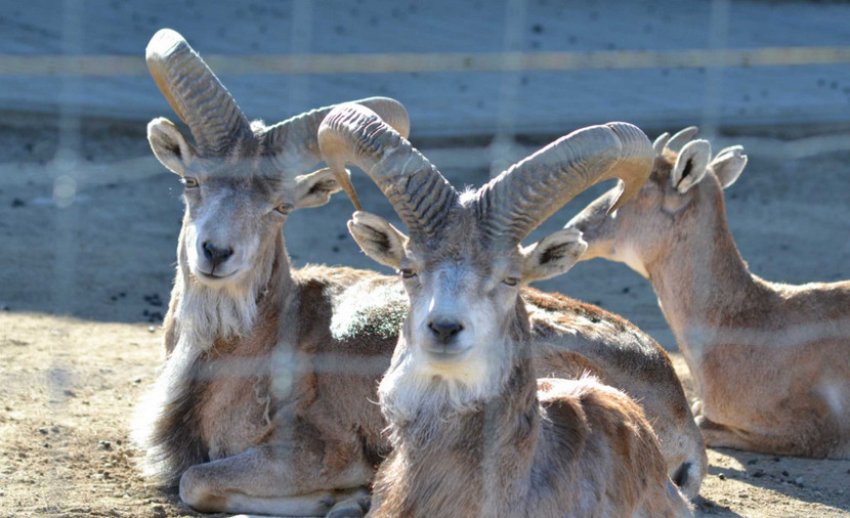
Ustyurt
Animal with a reddish-yellow color, weigh up to 80 kg. Their horns are covered with clear furrows, curve back and down, forming a full circle. The average length reaches 92 cm, with a circumference at the base of about 27 cm.
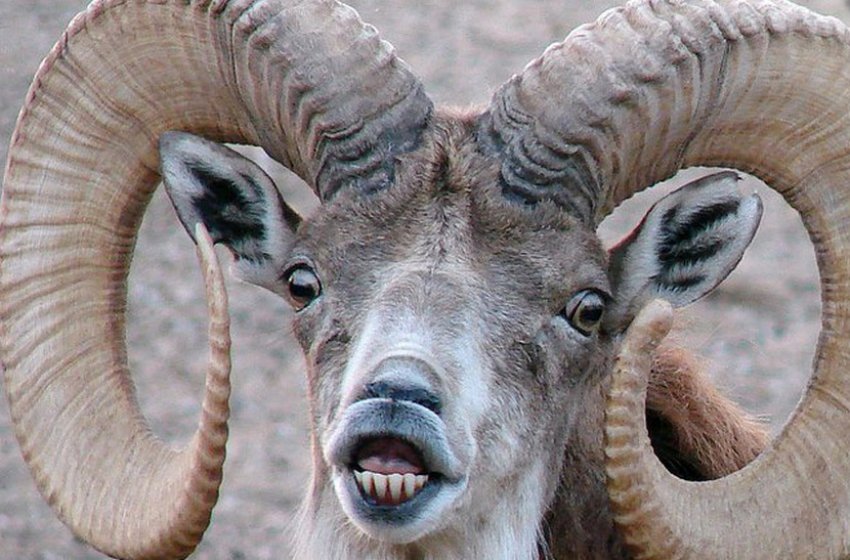
Turkmen
The Turkmen urial does not differ much from the Ustyurt one described above. Often they are regarded as one subgenus of mountain sheep.
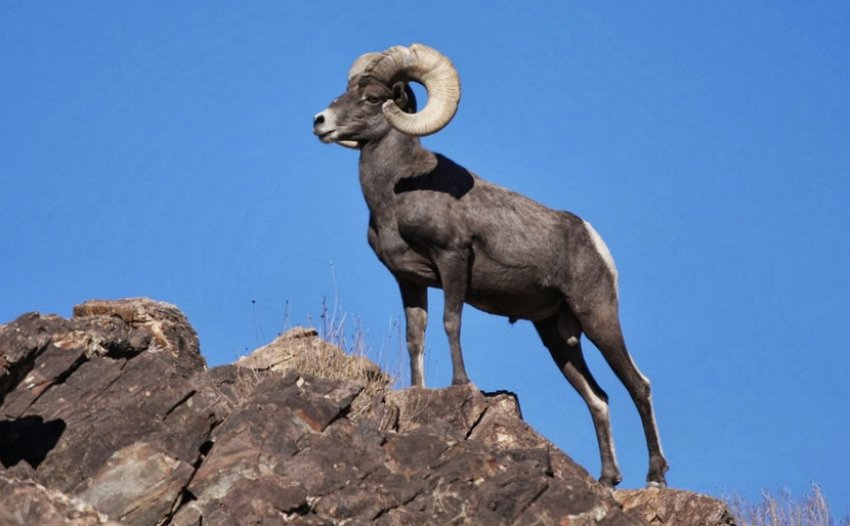
Archar
The largest representative of the genus, weighing from 65 to 180 kg, with a body length of 120 to 200 cm and a height at the withers of 90–120 cm. Both females and males have horns, but in the latter they are much larger and can take up to 13% of the total weight of the animal. They are twisted in the form of a spiral, the ends are directed upward and outward, reaching a length of 190 cm. The coat can be from light sand to dark brown. The lower part of the body, muzzle and rump are always lighter. Dark longitudinal stripes stand out on the sides.
Kazakh
The weight of Kazakh argali is about 200 kg for males and 60–100 kg for females. The length of the body, respectively, is 150–200 cm and 110–160 cm.
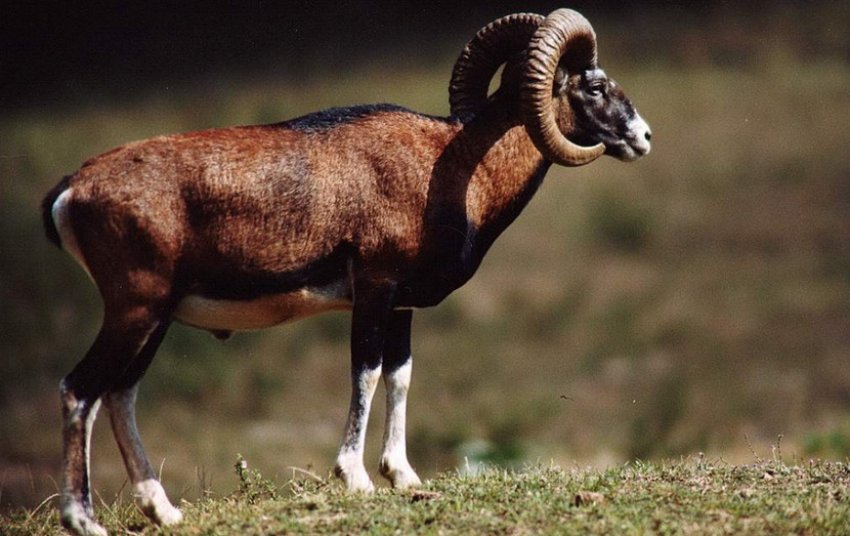
Altai argali
The largest representative of the genus, which is endowed with the most powerful horns. In an adult male, their weight reaches up to 35 kg. The animals themselves grow up to 70–125 cm at the withers, with a body length of 1,2 to 2 m. The tail accounts for 13–14 cm. Altai rams weigh about 70 to 180 kg. They differ from other species in the light tip of the muzzle.
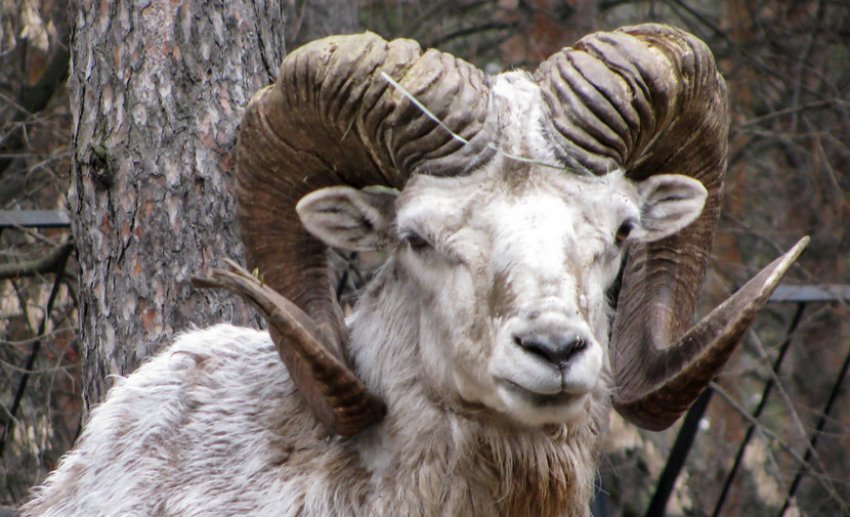
Baran Darwina
A large animal, its height at the withers is 105–115 cm, and its weight is about 135 kg. They have large horns, twisted back and down. The coat on the back is colored in yellow-brown tones, the chest is dark brown, under the tail there is an indistinct light yellow spot. The lower part of the body is covered with gray-white hair.
Kyzylkum
The horns of this species are smaller than those of relatives. On average, their length reaches 77 cm, and the girth at the base is 26 cm. They are twisted back and down, the ends are always directed outward. The surface of the horns is furrowed. This species of wild sheep lives in the Kyzylkum desert, in Kazakhstan, from where its name came from.
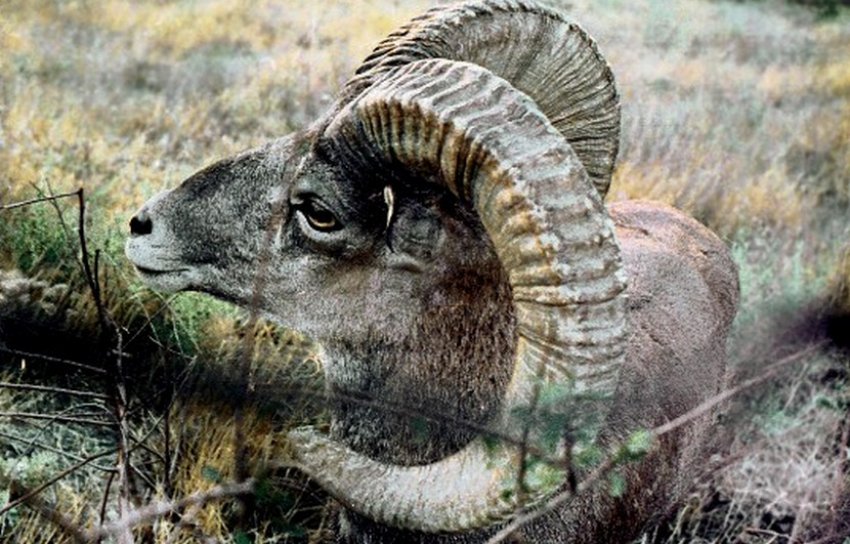 Hunting for the Kyzylkum arachar is also prohibited – this species is endangered, its population in the wild has no more than 100 individuals.
Hunting for the Kyzylkum arachar is also prohibited – this species is endangered, its population in the wild has no more than 100 individuals.
Tien Shan
Known since 1873, found in the mountains of the Tien Shan, in the Chu-Ili mountains, in some regions of Kazakhstan, Kyrgyzstan, China. The average length of the horns reaches 130 cm, and their circumference is 39 cm.
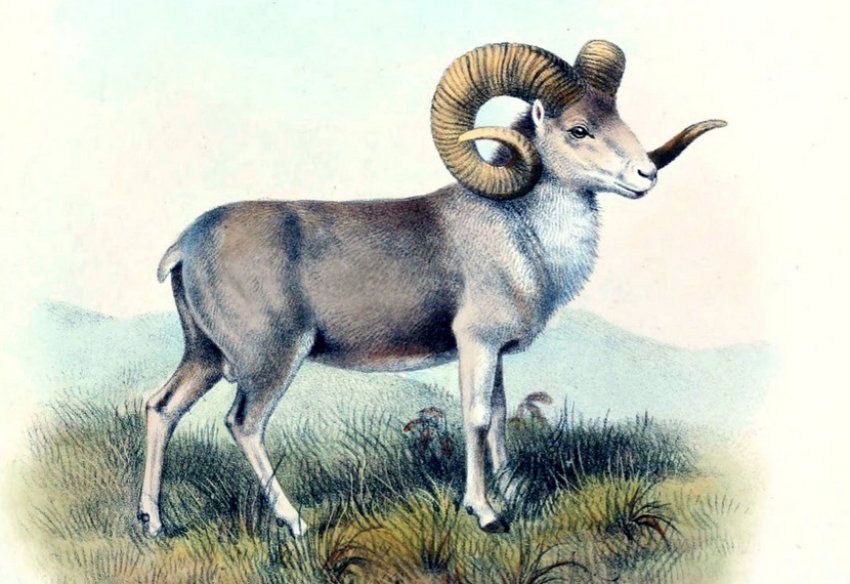
Karatausky
The population lives in the Nuratau mountains and on the Aktau ridge, in Uzbekistan and Kazakhstan, respectively. Males weigh about 70 kg, their horns grow up to 70 cm in length. The body is covered with gray-brown hair. The species is included in the Red Book of Kazakhstan.
Video: Karatauskie arhary
Pamir
It is also known as the Marco Polo sheep, since it was first described by this travel scientist. Lives in Tajikistan, Kyrgyzstan and Afghanistan. On the back and sides, the coat has a reddish tint. The horns are quite long, 140–150 cm, twisted in the form of a screw.
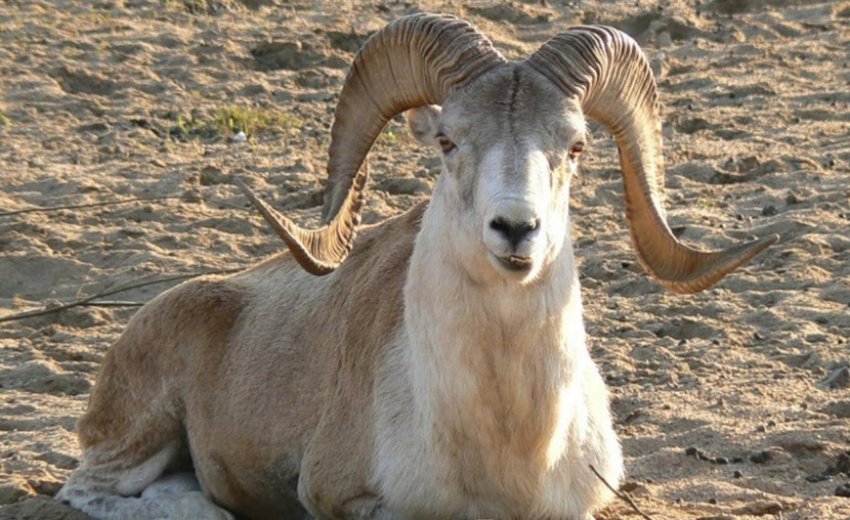
North Chinese
It lives in the Tibetan Plateau, as well as in China. It is distinguished by a gray-sandy color and beautifully curved sickle-shaped horns up to 105 cm long.
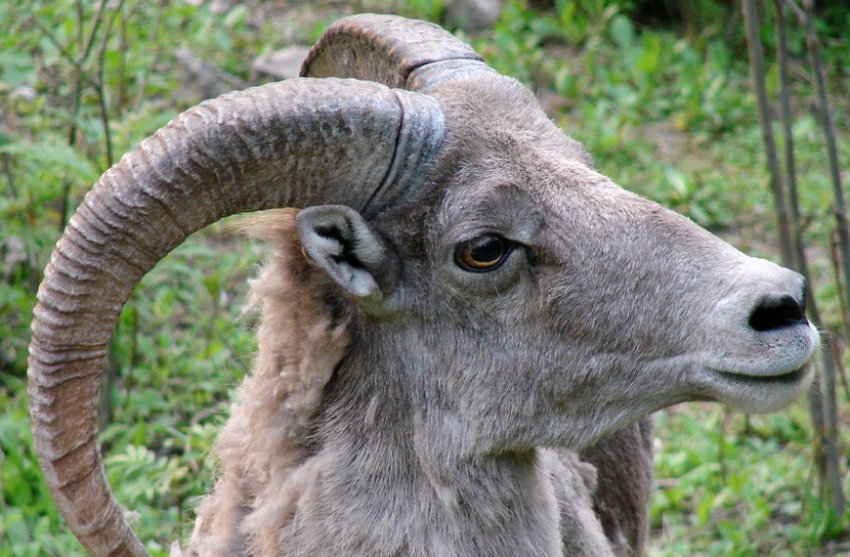
Tibetan
Lives in Tibet, as well as in the Himalayas in India and Nepal. The body of the Tibetan ram is covered with gray-brown wool. Its horns are parallel to the head, twisted in a spiral, grow up to 140 cm in length.

Snow ram
The animal is densely built, has a short and thick neck, a small head. It has short and massive limbs. Males are larger than females, their body length is from 140 to 188 cm, height at the withers is 76–100 cm, and live weight is from 56 to 150 kg. Both sexes have horns and grow up to 110 cm in length. The coat is quite thick, the back and sides are colored brown, the belly and chest are much lighter – yellow-white. The bighorn sheep lives in mountainous regions with a height of 300 m above sea level.
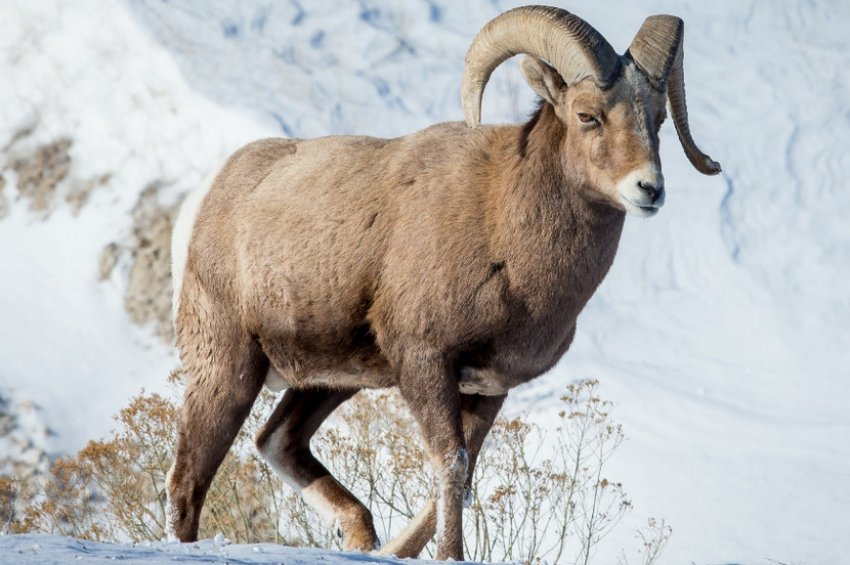
Thin-horned ram
Also known as the Dall sheep, this species is considered a subspecies of the bighorn. Animals can be completely white or gray with black spots at the tail. The horns are painted yellow-brown. They are curved, grow up to 1,1 m long and weigh up to 14 kg. The weight of males is 55-140 kg, females – 39-50 kg. The body length indicator is 1,6–1,8 m and 1,3–1,6 m, respectively. This species lives in mountain meadows in groups of 6–25 individuals.
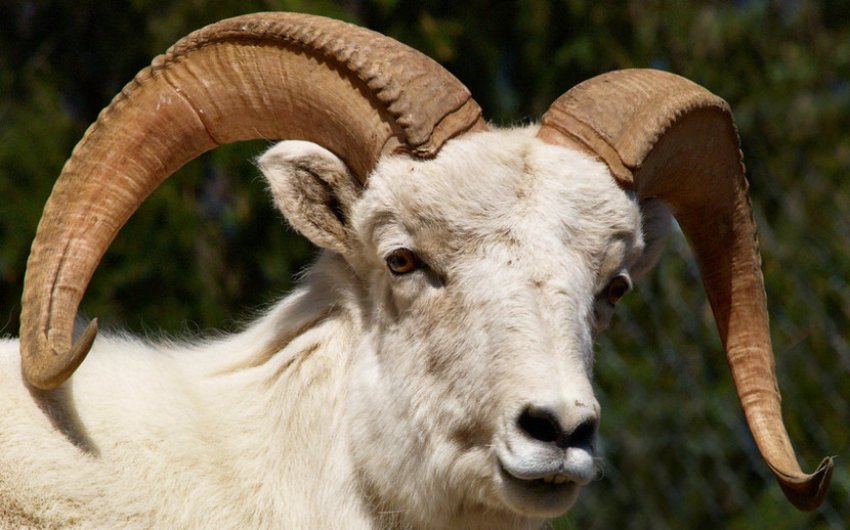
Lifestyle, duration
Sheep live for about 10-12 years. The gestation period is 5 months. They are diurnal herbivores. Females and juveniles form herds. At the same time, males lead a solitary lifestyle, or form small groups with a strict hierarchy, which is based on the size of the horns or is established in battle.
Did you know? Sheep horns are widely used in Chinese folk medicine – they are used to prepare infusions that heal a number of diseases.
Features of behavior
Wild sheep lead a sedentary life, form herds, where they show a tolerant and friendly disposition. In cases of danger, alarms are given: for adults, this is a snort, for young animals, bleating. After that, the herd goes to a safe place, inaccessible to predators.

These animals climb mountains well, can jump to a height of up to 2 m and a length of up to 5 m. The peak of activity of rams falls on the first half of the day. They graze mainly in the morning and evening.
Natural enemies in the wild
In the wild, mountain sheep can be attacked by such predators:
- wolves;
- snow leopards;
- pum;
- eagles;
- golden eagles.
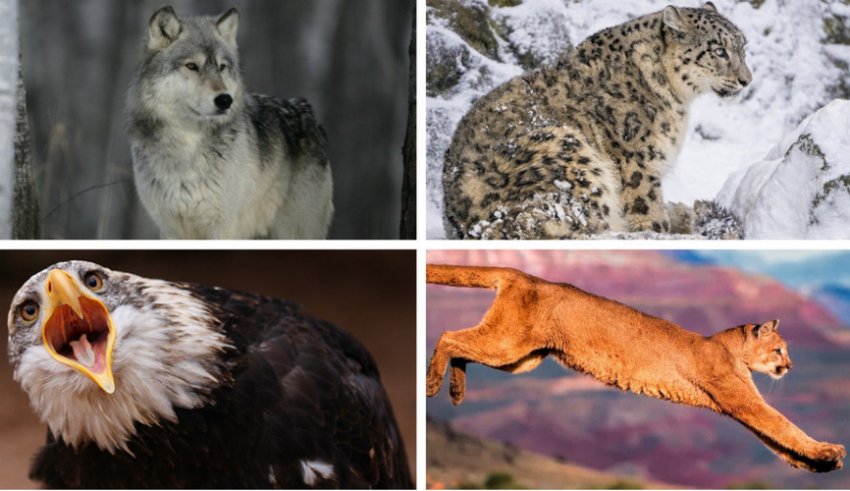
Diet
These mammals feed on plant foods, preferring cereals. They can eat lichens, branches of bushes and trees, namely:
- oak;
- pistachio maple;
- hornbeam;
- looked at.
Mountain sheep regularly go to watering places, lick salt in the sun. By winter cold accumulate a layer of subcutaneous fat.
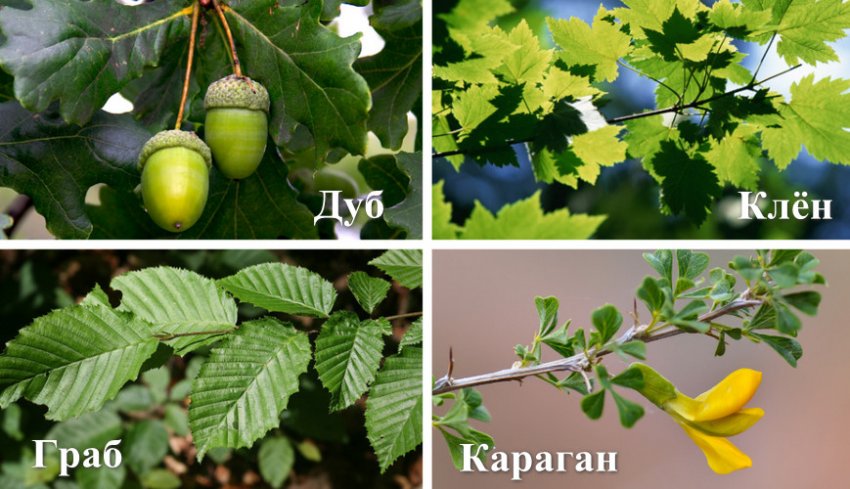
Reproduction and offspring
The mating season of these animals takes place once a year, mainly in November, although it can last from October to December, depending on the species. During this period, males enter the herds of females and arrange fights with “competitors”. During these fights, the rams collide with their horns and stand opposite each other. In addition, males stick out their tongues and chat or in front of females.
The development of the fetus takes place within 155-170 days. The birth of offspring falls on the period from March to June. Often one female brings one, in rare cases two lambs. For lambing, the female leaves the herd for a week and returns with a cub. Milk feeding is carried out until the age of six months, and by the autumn the young animals switch to independent nutrition.
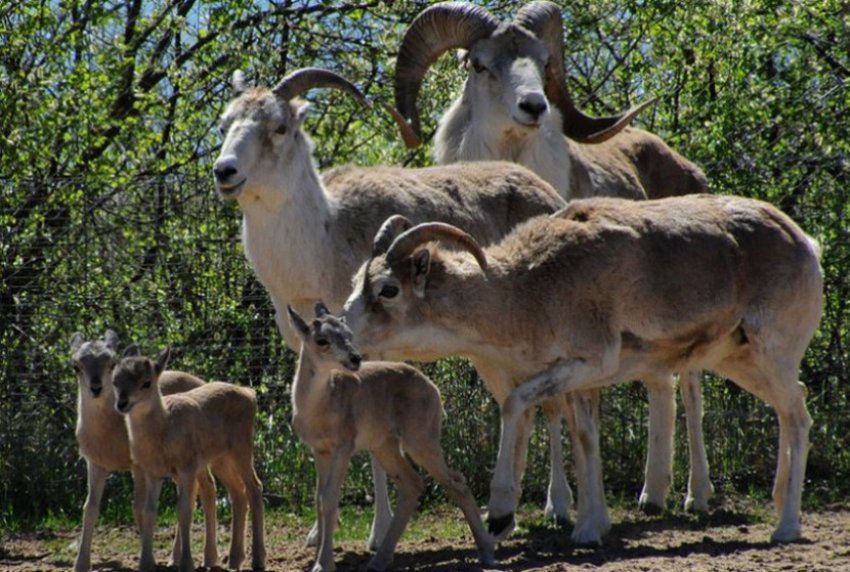
Wild sheep hunting
Previously, people hunted sheep for food and skins, but now the animal’s horns are considered the main prey. Their price on the black market can reach 10 thousand dollars.
So, the article provides a brief description of the representatives of the genus of sheep, which are the closest ancestors of an ordinary domestic sheep. It must be remembered that most of these animals are endangered and are listed in the Red Book.
